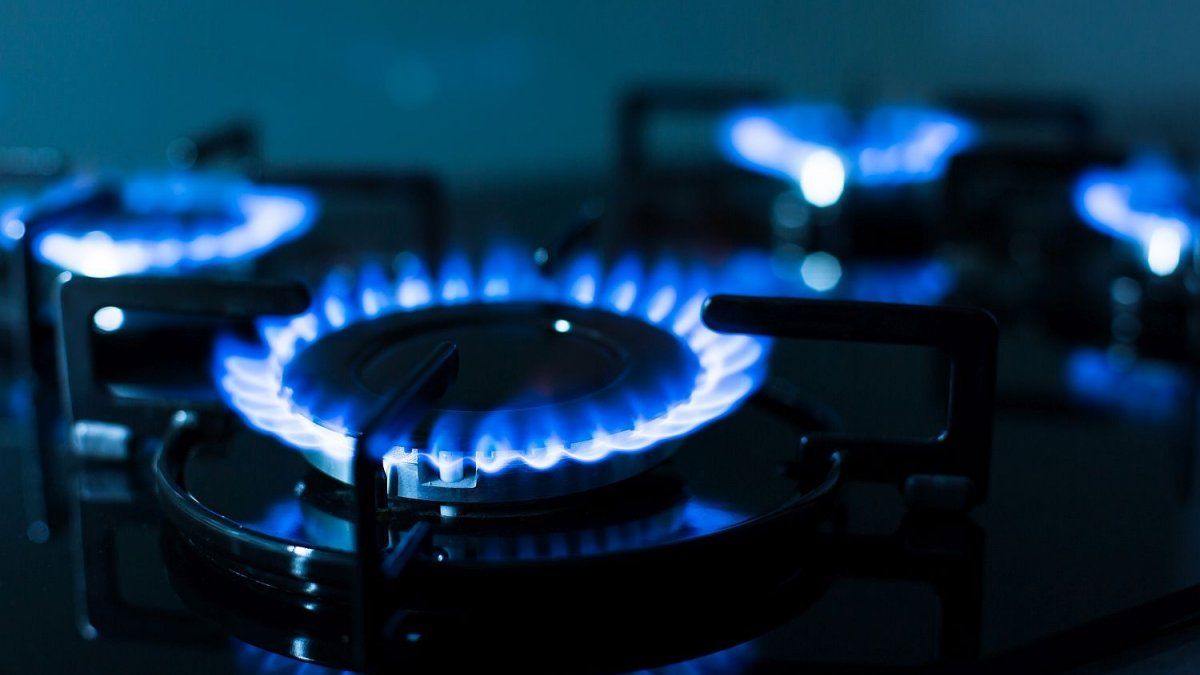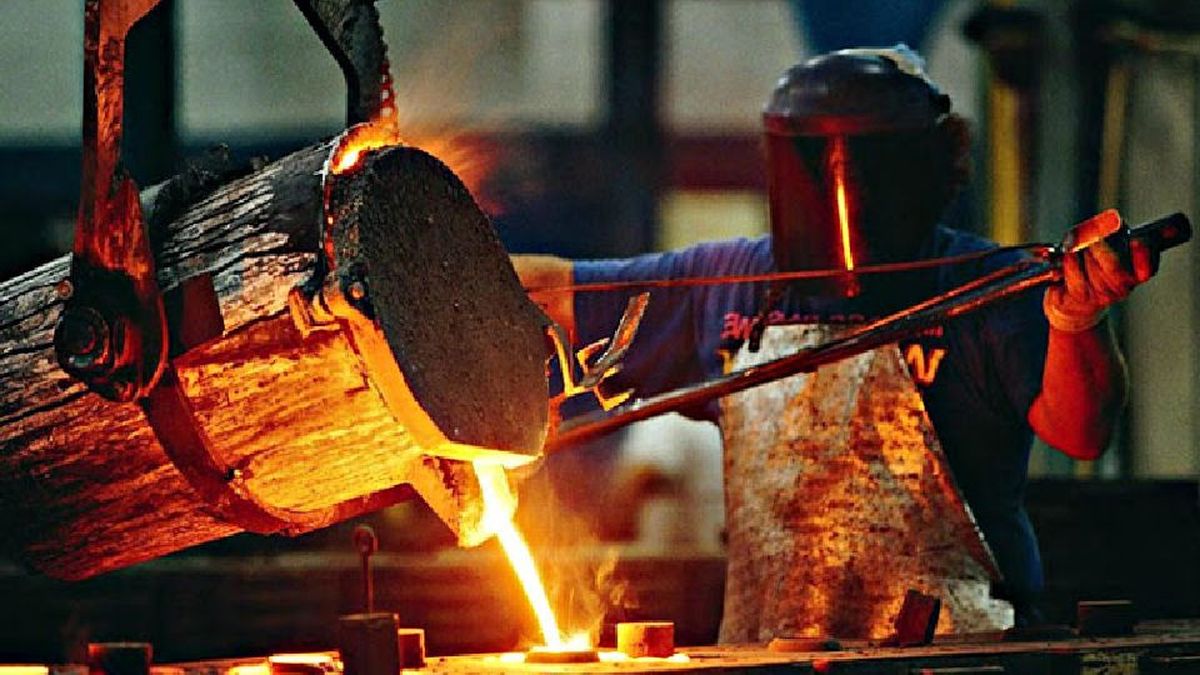This tariff update seeks to balance gas distribution costs based on users’ income and consumption, prioritizing relief for lower-income households through bonuses and subsidies.
As anticipated by Ámbito, the Government modified via Resolution 18/2024 some points on the energy policy and the subsidy scheme for natural gas, which translates into increases in rates by area and according to the service provider.
The content you want to access is exclusive to subscribers.
In particular, the official text establishes a new reference price for gas at the point of entry into the transportation system (PIST) and details how this price should be transferred to final consumers.


The resolution also addresses the issue of natural gas subsidies, which have been used to keep prices low for consumers. During the “Transition Period”, which runs from June 1 to November 30, 2024, subsidies are restructured to focus them on lower-income levels, which especially impacts higher-income users with more significant adjustments.
It also highlights that the authorities have tried to maintain prices and rates at constant levels to avoid cost inflation, but the adjustment continues to reflect the financial context of the State, “which seeks to reduce widespread subsidies due to pressure on public finances.”
This is how the rates are
These are the gas price values at the Transportation System Entry Point (PIST) for each provider and tariff subzone.
-
Buenos Aires North
-
Federal Capital and Buenos Aires
-
Mendoza, San Juan, and San Luis
- Distribuidora Gas Cuyana SA: 3,148
-
Córdoba, La Rioja, and Catamarca
- Distribuidora Gas del Centro SA: 3,115
-
Santa Fe and Buenos Aires
-
Between Rivers and Currents
-
Salta, La Puna, and Tucumán
-
Buenos Aires, Bahía Blanca, and La Pampa
- Camuzzi Gas Pampeana SA:
- Buenos Aires: 3,096
- Bahía Blanca: 3,050
- The South Pampa: 3,142
- The Northern Pampa: 3,097
- Camuzzi Gas Pampeana SA:
-
Buenos Aires South, Chubut, and Neuquén
- Camuzzi Gas del Sur SA:
- Buenos Aires South: 3,025
- South Chubut: 3,026
- Province of Neuquén: 3,139
- Camuzzi Gas del Sur SA:
-
Santa Cruz Sur and Tierra del Fuego
- Camuzzi Gas del Sur SA:
- Santa Cruz South: 2,989
- Tierra del Fuego: 2,979
- Camuzzi Gas del Sur SA:
-
Parana
Income segmentation
- Level 1 (Higher Income): Users at this level do not receive subsidies and pay the full value of the PIST, that is, the total increase according to the area.
- Level 2 (Lower Income): For this group, bonuses are applied as provided by the Ministry of Energy. In addition, there is a limit on subsidized consumption; Above this limit, the additional price will be higher.
- Level 3 (Average Income): As in Level 2, bonuses are applied to base consumption, but the subsidized consumption limit is lower than for Level 2, so the increase will be more gradual. Users with consumption above their base limit will face higher prices for the additional cubic meters consumed. This scheme seeks to encourage energy efficiency by promoting the rational use of gas.
This rate structure attempts to alleviate the impact of the increase on lower-income households, while higher-income users assume the full costs of gas in the PIST, reflecting the adjustment of the subsidy system based on income level and consumption.
Source: Ambito
I am Pierce Boyd, a driven and ambitious professional working in the news industry. I have been writing for 24 Hours Worlds for over five years, specializing in sports section coverage. During my tenure at the publication, I have built an impressive portfolio of articles that has earned me a reputation as an experienced journalist and content creator.




